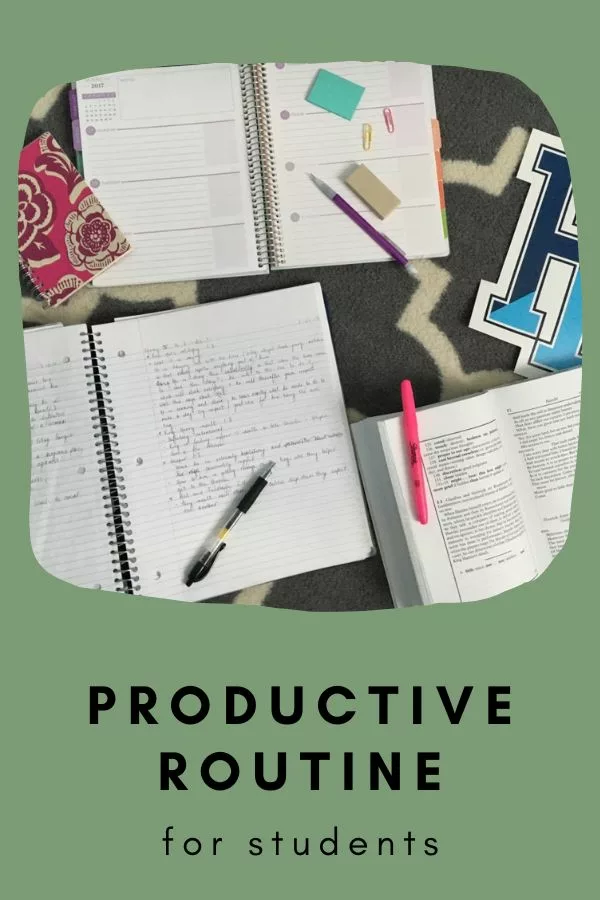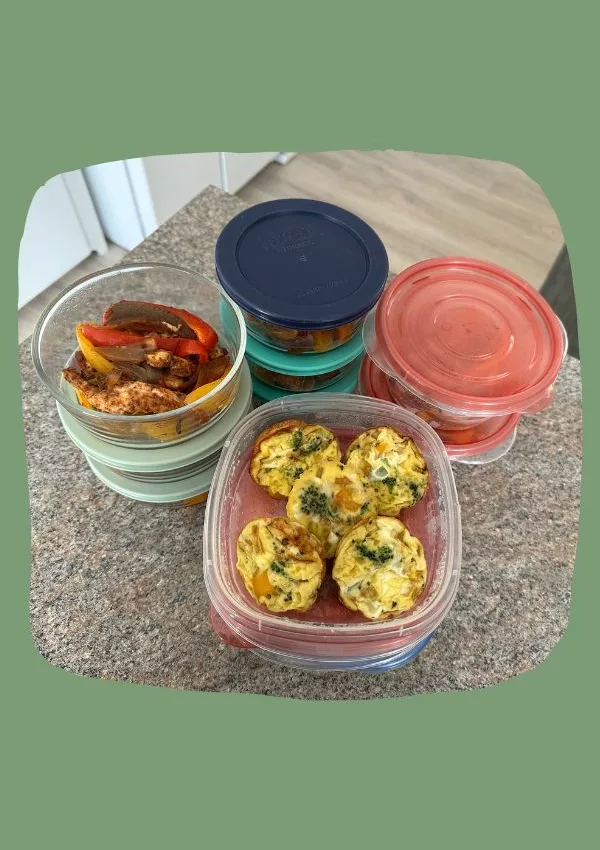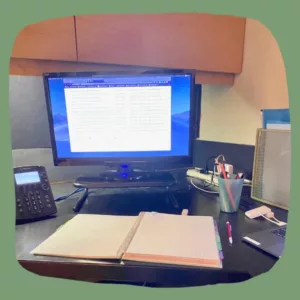This blog post goes over productive routine for students and the 7 tips to follow for success.

I was a student myself not all that long ago. Having good grades was important to me and I took being a student very seriously. In consistently using the 7 tips outlined below, I ended up having a very successful school career. If you’re wondering what the best productive routine for students is, make sure to keep on reading. The tips below can apply anywhere from middle school and beyond.
1. Use a planner.
At the beginning of each school year or college semester, I absolutely loved going back-to-school shopping. My favorite item to buy was my planner. I would obsess over which one I would pick out, endlessly researching and reading reviews. I still use a planner as a blogger and most definitely used one when I was a copywriter/proofreader. This is the planner I’m currently using.
Your planner can be your lifeline if you treat it as such. You can jot down important due dates, your homework list, your schedules for practices or work, etc. When you keep it up to date, you can glance at it whenever and always know what’s coming next. This will help to keep you as productive as possible.
2. Use your syllabus (or long-term due dates) to your advantage.
One of my favorite things about college was receiving syllabi from my professors. I viewed them basically as a roadmap for the class I was taking. At the beginning of each semester, I would write down project and assignment due dates into my monthly view in my planner so that they’d never sneak up on me. As the long-term due dates would approach, I’d start incorporating them into my weekly/daily views.
I was an English/Writing double major in college, so I always had tons of readings to do. They were usually included in the syllabus, which meant I always knew what was ahead of me and could occasionally get ahead. If you’re in high school and your teacher is constantly repeating a date for when your 10-page paper is due, be sure to write it down!
3. Take notes and rewrite them regularly.
This was one of my favorite ways to study. During class, I would do my best to listen to my teacher or professor during their lecture and not care about how my notes looked. Soon after, I would go back to my notes and rewrite them. This allowed me to do a few things — I could 1.) Organize them properly and fill in any blanks by consulting my class material and 2.) Make them pretty and neat.
If you take notes and never look at them again, then what’s the point of even taking them in the first place? Rewriting notes is so helpful because you expose yourself to the newly learned material again and can create some solid study material that you can use when you’re studying for your next test or exam.
4. Do your homework/assignments in chronological order.
Let’s say for example you’re in high school and it’s a Tuesday night. You’re sitting down to knock out your homework for the day. Looking ahead at Wednesday’s schedule, the class rotation looks like this: Math, Gym, Spanish, Homeroom (15-minute break), English, Science and History. If you have English, math and Spanish homework that night, I would recommend doing those assignments in the order of your classes. Math would come first, Spanish second and English last.
What is the reasoning for this? In case anything goes awry, like your softball practice goes longer than normal or you’re just too exhausted and can’t get to your last assignment, you have this process as a built-in cushion. Since your math and Spanish homework is already done, you know you can bang out your English assignment during your homeroom period. You won’t ever have to sacrifice getting all your assignments done this way.
5. Use the Pomodoro technique.
I still use the Pomodoro technique to this very day (right now while I write this blog post, as a matter of fact!) If you haven’t heard of it, the premise is to have blocks of pure focus/work time followed by smaller blocks of break time. My favorite ratio is 25 minutes of uninterrupted work followed by 5 minutes of free time. It helps you to stay motivated and get your work done, knowing you have a break in sight. Plus, out of an entire hour, getting 50 minutes of solid work in is fantastic compared to maaaaaaybe 30 minutes of unfocused work and a solid 30 minutes scrolling on your phone.
Click here to learn more about the Pomodoro technique.
6. Have regular study sessions, but make them fun.
You might dread the idea of making study sessions a habit, but they are so worthwhile. Whether you do them right after school or make time for them on the weekend, it’s important that you make them enjoyable.
Math has never been my favorite subject and I’ve always struggled with it. I took calculus in college and was always stressed about it since I had difficulty understanding the material. My husband (then boyfriend) Chris is a math wizard, so I was lucky to have his help. We could study in the classrooms at his college on the weekends. To make calculus studying sessions more pleasant for me, we would write out and solve math equations on the whiteboard. It felt much more fun and helped me to see the material in a different light, making it easier for me to understand.
Consider going to your local library and working in a study cubicle. Spend a few hours reading over your notes in a coffee shop while sipping on a matcha latte. Get your friends or parents involved by quizzing you with flashcards and maybe convince them to take you out for ice cream afterwards 😉 Studying does not have to be the worst thing ever!
7. Ask for help.
This might sound super basic, but seriously — ask for help when you need it! When you don’t understand new material, don’t let yourself fall behind. As I mentioned before, math was never my strong suit. As much as I didn’t love having to do it, I would go up to my professor after class to ask a question or stop by during their office hours to go over a concept I didn’t understand. I also went to peer tutoring sessions to make sure I got the extra help I needed.
While you certainly can do some of your own research and independent learning, it’s not enough to tell yourself that you’ll just figure it out later on. Plus, asking for help shows that you care about learning, and that can go a long way for you, too. You might have an 89.5 (B+) by the end of the semester, but have it rounded up to a 90 (A-) because your professor remembers you and the effort you put in.
In Conclusion…
If you want to have the best productive routine for students, make sure to incorporate at least a few of the 7 tips above into your own life. Be sure to check out my blog post “Building a Routine | The 5 Best Steps for Success” to create the study/homework routine of your dreams.
What are your best study tips? Let me know in the comments below.
This blog post was all about productive routine for students.




Leave a Reply